Does your space include everything on our warehouse equipment list? For employees in your warehouse to operate safely and efficiently, they need to have the right tools at their disposal. This warehouse equipment list specifically outlines everything your facility needs to reduce wasted time and get orders out as quickly as possible.
Warehouse Tools and Equipment List
Any warehouse tools and equipment list should include solutions for storing, conveying, lifting, organizing, packaging, and shipping products. Plus, you’ll want to include any safety and maintenance tools.
1. Storage Equipment
Storage equipment makes efficient use of warehouse space. Pallet racks, shelves, totes, bulk boxes, and bins facilitate the neat organization of products. In a warehouse that effectively uses these storage systems, workers can easily speed up their picking rates.
Pallet racks have various designs based on how workers stock and remove products from them. For first-in, first-out (FIFO) storage, goods arriving at the warehouse the earliest are the first to leave. Racks useful for FIFO storage include:
- Selective pallet racks
- Push-back racks
- Pallet flow racks
- Drive-through racks
In facilities that use last-in, first-out (LIFO) storage, goods that arrive most recently leave sooner than products that came earlier. Warehouses that need more dense storage of non-perishable goods use LIFO. Rack designs for LIFO include:
- Double deep racks
- Drive-in racks
To enhance the effectiveness of storage equipment, use barcode labels that correspond to the products on the shelves or in the bins. Workers scan these barcodes to verify that they pulled the correct product, and to update the warehouse management system (WMS) information on inventory counts.
2. Conveying Devices
Conveying devices move products from one part of the warehouse to another without needing a person to carry them. Differences among these types of equipment depend on the direction that the equipment moves in. Options include:
- Belt conveyors
- Spiral conveyors
- Vertical conveyors
- Gravity-fed conveyors
Powered conveyors should have emergency stop cables along their lengths to stop the belt at any time. Employee work areas also need emergency stop buttons for automatic conveyors, per OSHA requirements.
3. Lifting Equipment
Lifting equipment reduces worker strain due to picking up heavy products or containers. Lifting devices safely move heavy products or pallets filled with goods. Examples include:
- Hand trucks or dollies
- Pallet jacks
- Pallet stackers
- Forklifts or lift trucks
Workers should have clear instructions on safely using lifting equipment. For forklifts, users must have training and certification in their use, according to OSHA.
4. Organizational Tools
Organizational tools include everything needed to track the inventory in a warehouse and order products as needed. Examples include:
- Barcode scanners for picking
- Warehouse management systems (WMS)
- Labels on storage containers
These organizational tools ensure inventory counts stay updated and accurate.
5. Packaging and Shipping Equipment
Your warehouse should have a dedicated area for packaging and shipping products. Equipment in this area allows workers to prepare all orders for shipment without leaving the area, if possible. Examples of essential packaging and shipping equipment include:
- Varied packaging types
- Stretch wrappers
- Industrials scales
- Packing tables
- Lift tables
- Strapping tools
With a well-stocked packaging and shipping area, workers don’t need to leave the space to get the equipment they need.
6. Safety Gear
Safety gear is vital for protecting workers and preventing accidents. The specific types of safety equipment in a small warehouse depend on the layout of the facility, other equipment installed, and the types of products stored. Some common types of safety equipment include:
- First aid kits
- Guard rails
- Fall protection equipment
- Wheel chocks for transport trucks at the dock
- Dock levelers
- Dock bumpers
- Hard hats
- Corner, column, and rack protectors
Always refer to OSHA requirements when creating a list of safety gear your warehouse needs.
7. Maintenance Tools
Maintenance tools reduce the operational problems of other warehouse equipment. Cleaning equipment also maintains the warehouse itself. Examples of maintenance tools include:
- Replacement batteries for materials handling equipment
- Maintenance plan for all equipment
- Basic repair tools
- Basic cleaning supplies, such as mops, brooms, dusters
The Importance of Investing in Warehouse Equipment
The right warehouse equipment improves productivity and the use of space within the warehouse, and improves worker safety.
Productivity
Bins, racks, and other storage equipment improves the organization of the products to make it easier for workers to fulfill orders. Industrial racking maximizes the number of goods stored within the warehouse space by increasing vertical storage space. Conveyor equipment automates movement from one side of the warehouse to another, cutting down on the time needed to deliver products to the packaging and shipping area. Lift trucks or pallet jacks safely move the pallets vertically to reduce the time needed for storage.
Cutting even a few seconds from each warehouse task adds up to a significant amount of time saved for each order. For small businesses that need to grow, faster order processing could create the necessary edge over the competition.
Safety
Your warehouse must have safety equipment to meet requirements from the Occupational Safety and Health Administration (OSHA). Having the proper gear can prevent injuries or even death. In 2021, the warehousing sector had 46 total deaths and 5.5 injuries per 100 workers.
Hard hats, steel-toed boots, guardrails, barriers, and first aid kits help workers to do their jobs with less danger. Installing safety equipment reduces warehouse hazards and makes the facility safer. A safer warehouse that has fewer accidents reduces the time lost due to worker injuries.
Employee Retention
In 2022, the warehousing industry faced serious shortages of workers. A survey showed that 44% of warehouse managers could not find enough qualified workers to fill their open positions. Turnover was almost equally high, with an industry rate of 43%. A lack of workers, not having enough trained employees, needing to train workers, and high turnover rates cut productivity in warehouses by up to 50%. By improving conditions and updating equipment, warehouses can keep trained employees longer and avoid these productivity drops.
Warehouse work puts heavy demands on the human body, and the best warehouse equipment lessens the strain that workers experience. Investing in warehouse equipment that improves productivity helps workers do more in less time, and helps companies avoid the hidden costs of employee turnover.
Are You Missing Any Tools From Our Warehouse Equipment List?
Although not company specific, the equipment list above outlines what your warehouse should have to ensure productive and safe operations. If you’re looking at WareSpace to fill your warehouse needs, you’ll find professional-grade storage racking, pallet jacks, conference rooms, wi-fi, electricity, and many more amenities all included in our rates. With our variety of warehouse sizes, we’re sure you’ll find the perfect space for your small business.
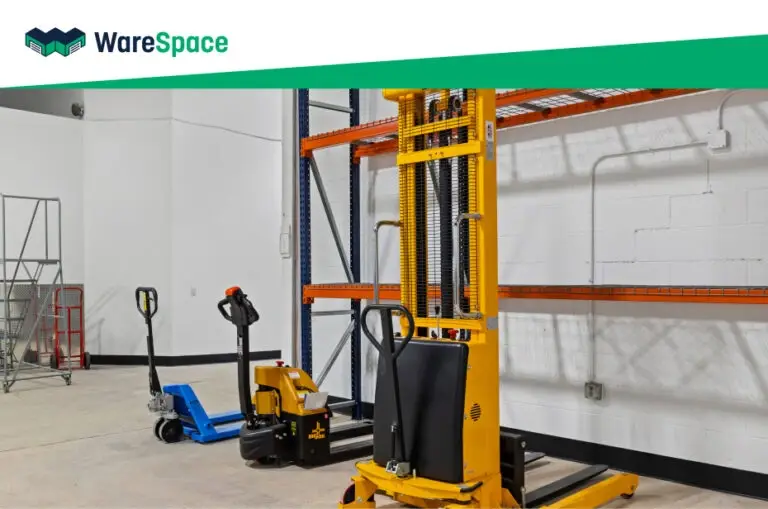
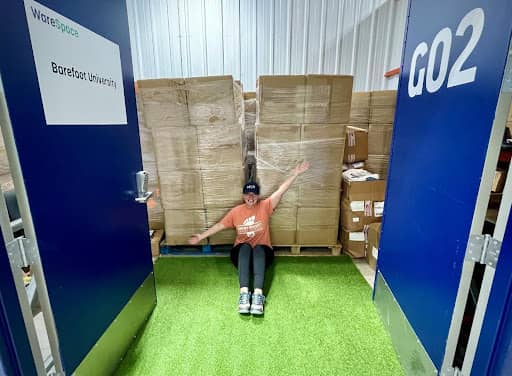

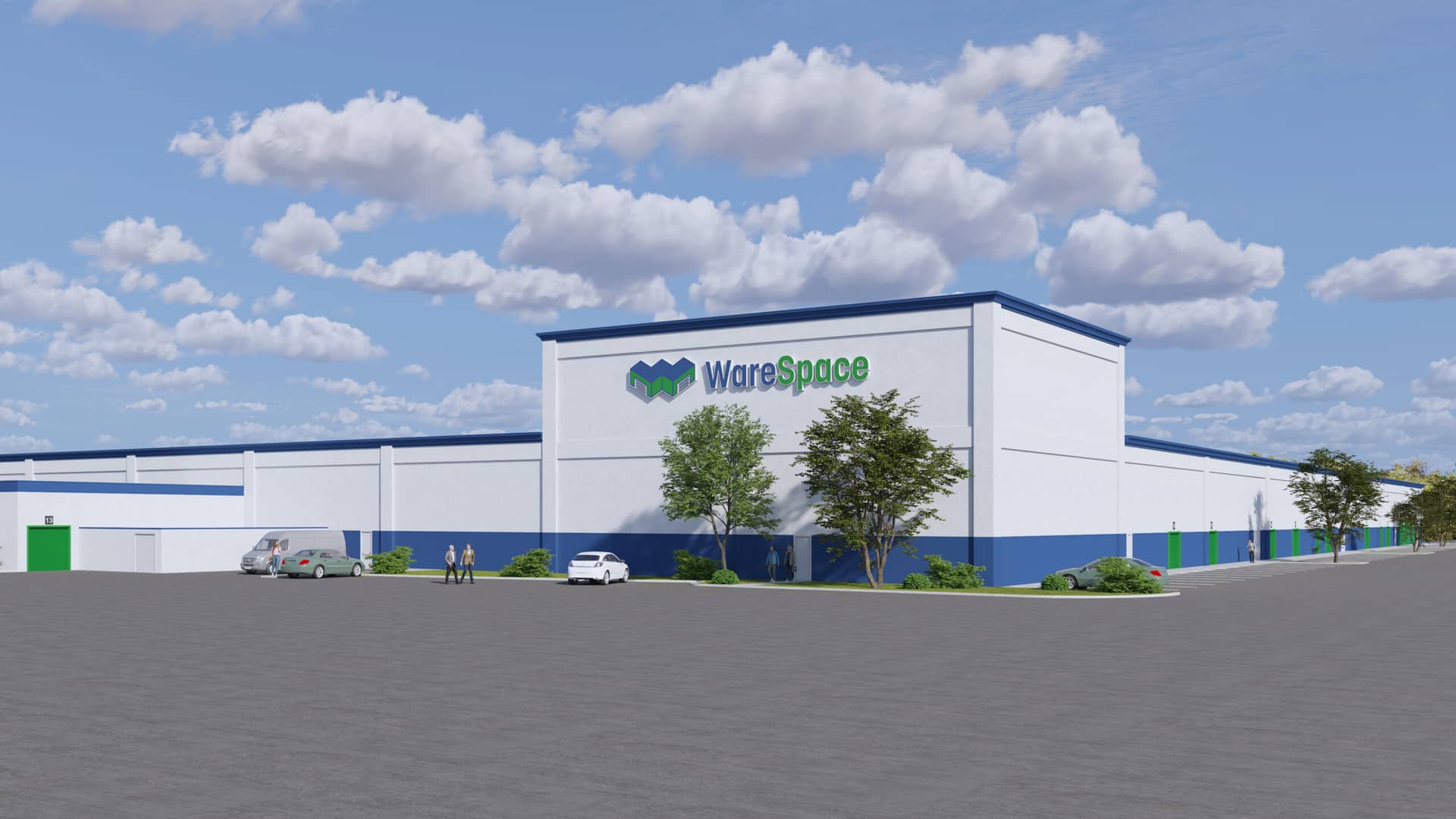
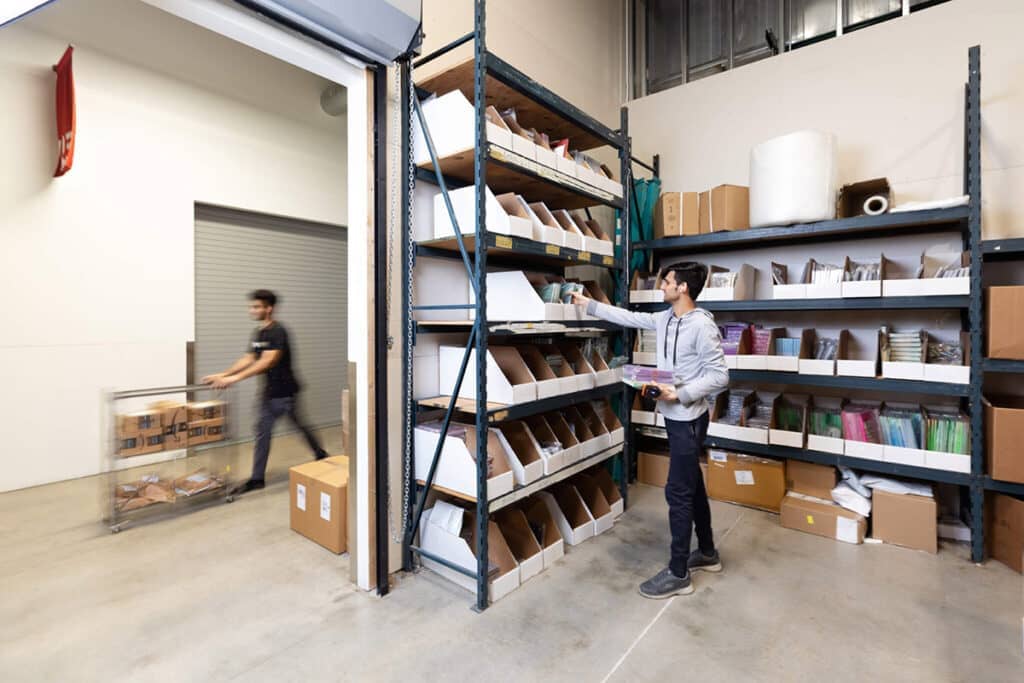
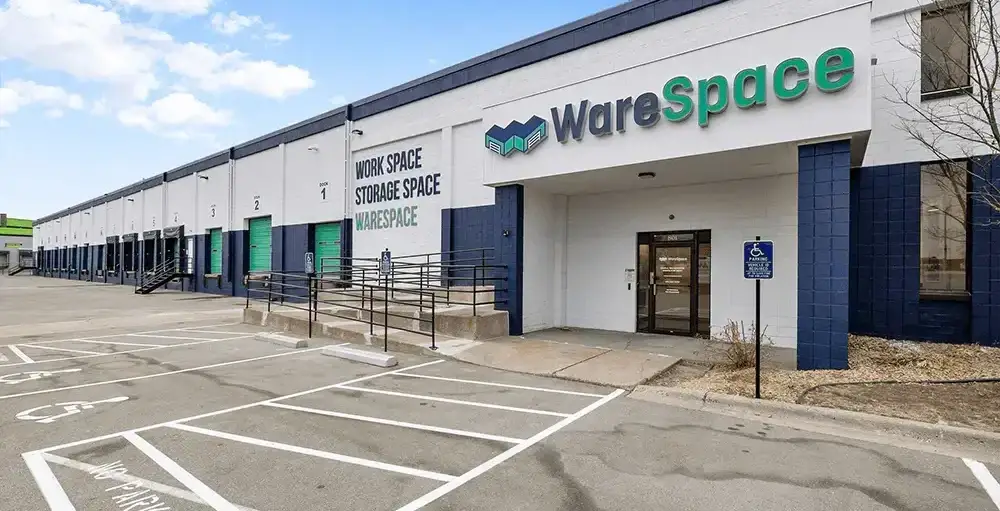
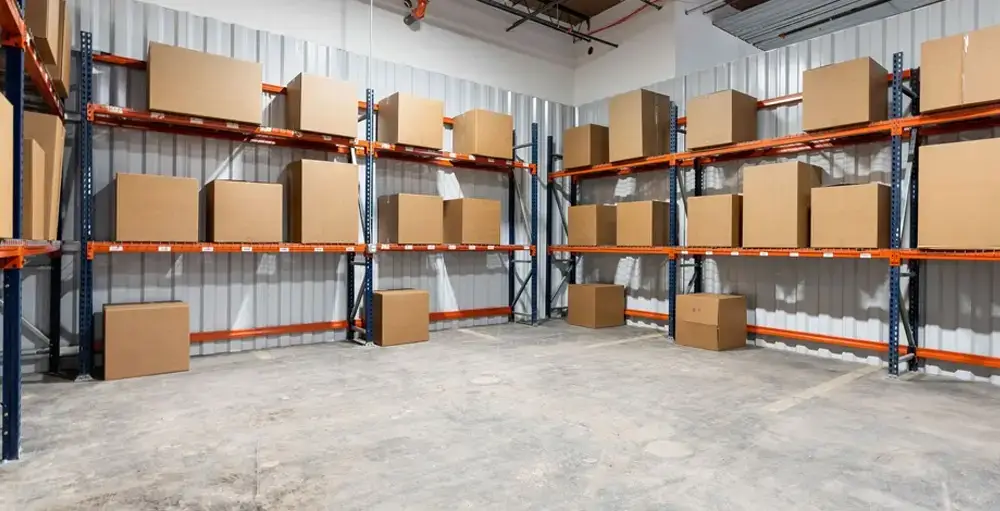
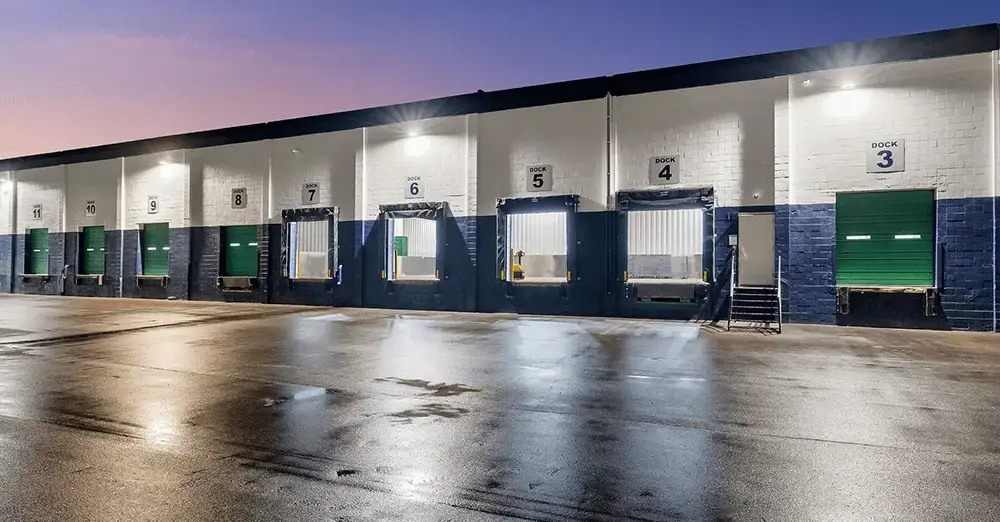
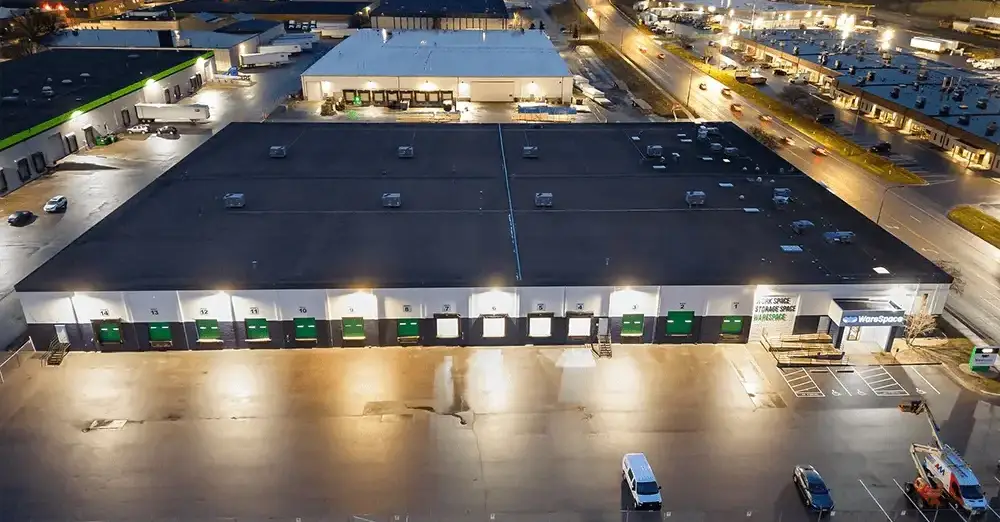











 ►
Explore 3D Space
►
Explore 3D Space